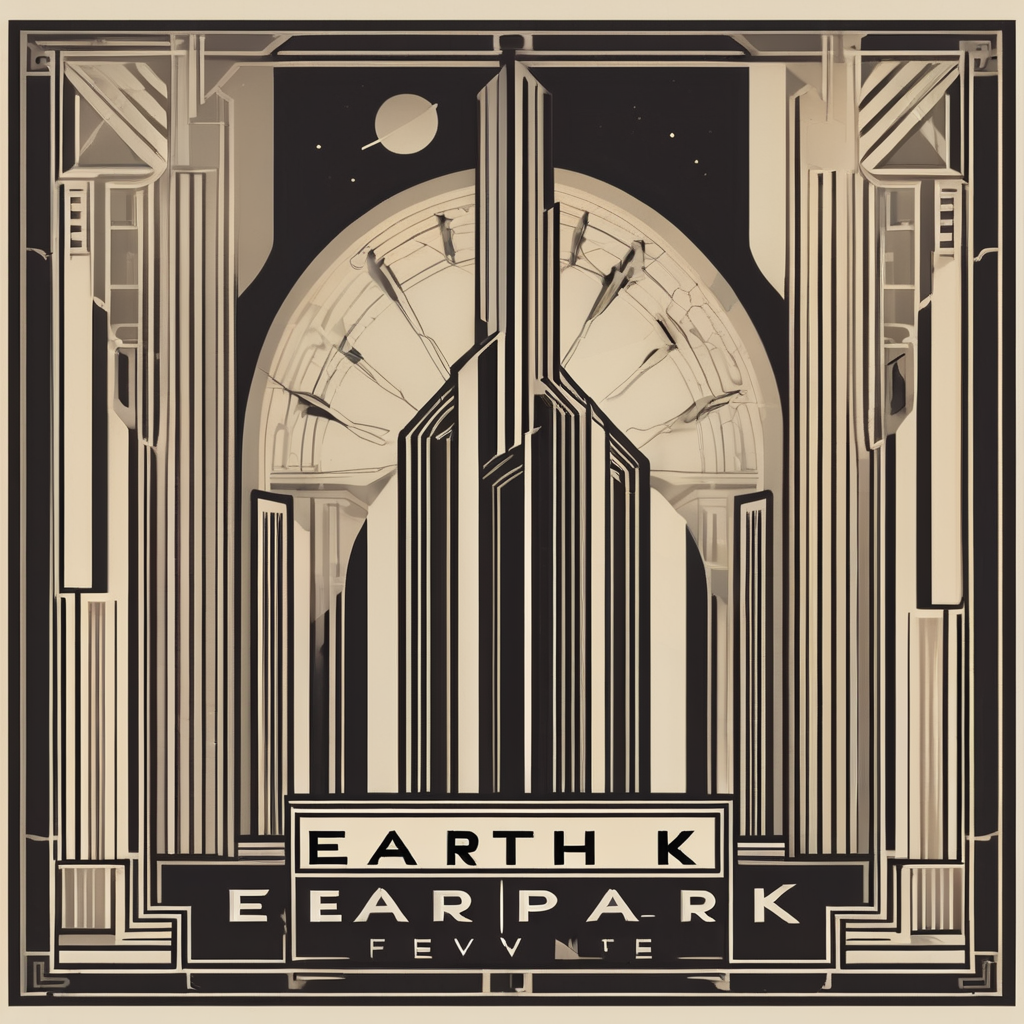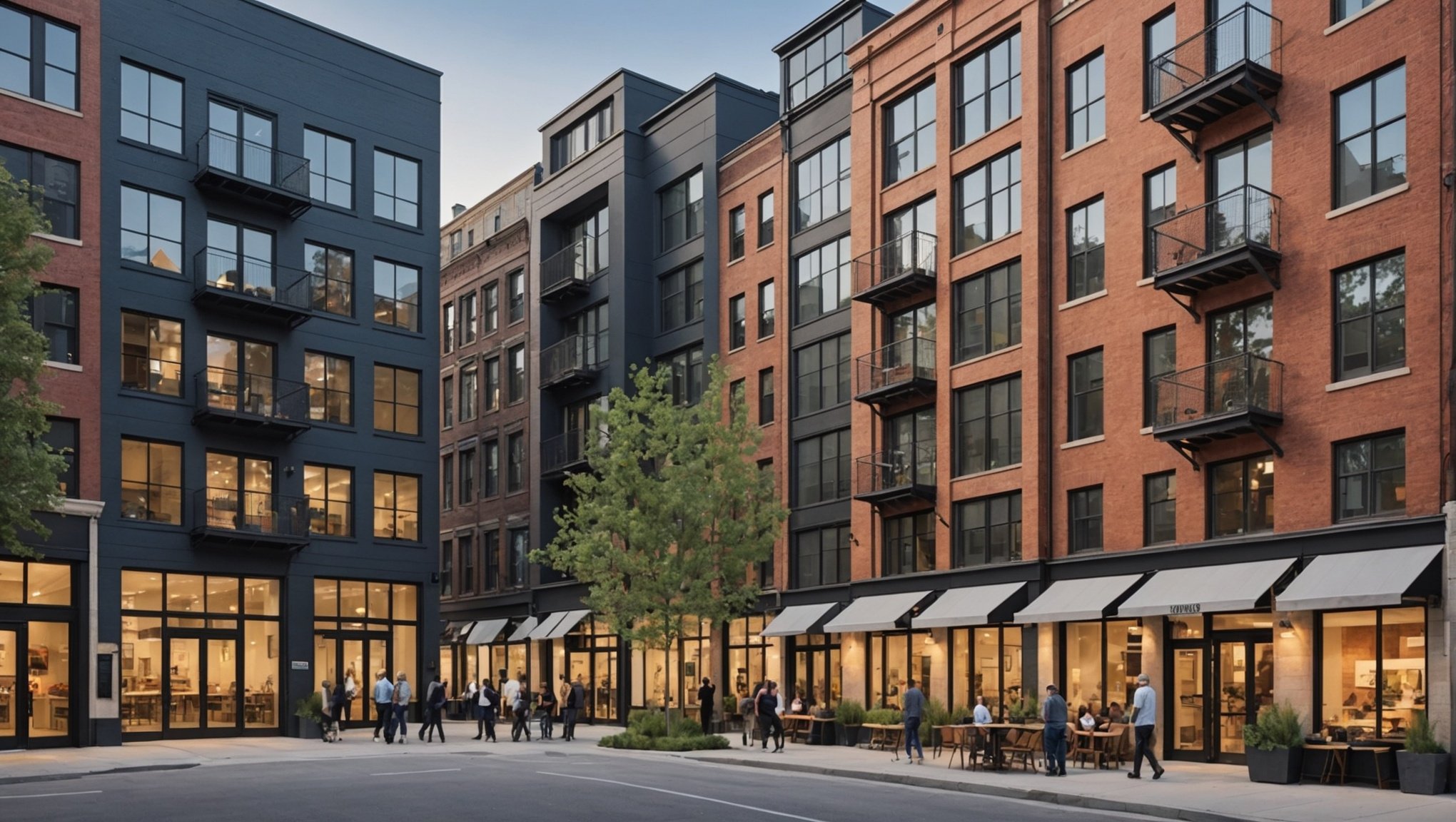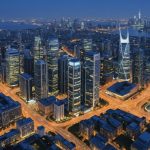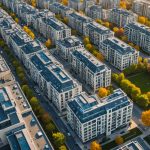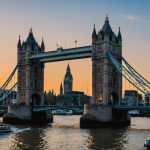Understanding Mixed-Use Developments
In modern urban planning, mixed-use developments play a pivotal role in shaping vibrant communities. These developments seamlessly blend residential, commercial, and community spaces within a single, cohesive area. By integrating these diverse components, they foster dynamic environments where living, working, and leisure activities coexist.
Community spaces are a significant aspect of mixed-use developments, enhancing the livability of neighborhoods. They provide residents with parks, plazas, and recreational areas, encouraging social interactions and fostering a sense of community. Such spaces often include green areas, walking paths, and public squares, which are essential for improving quality of life in densely populated urban areas.
Commercial activities are equally crucial within these developments, offering economic benefits that extend beyond mere convenience. A mix of retail, dining, and office spaces generates jobs and drives local economies, contributing to the overall vitality of the area. The presence of diverse businesses caters to varied consumer needs, drawing a wide demographic and supporting a robust economic ecosystem.
In essence, mixed-use developments serve as a promising blueprint for future urban landscapes, balancing the needs for communal living spaces and economic growth through thoughtful integration of commercial activities and community areas.
Key Strategies for Integrating Community and Commerce
The integration of community and commerce within urban areas requires a nuanced approach that balances the needs of both. Here’s how to effectively merge these elements:
Strategy 1: Community-Centric Design
Developing urban areas with community engagement at the forefront ensures spaces feel vibrant and inclusive. Incorporating urban design principles that prioritize public interactions, such as open parks and pedestrian-friendly streets, nurtures a sense of belonging. This strategy is pivotal for fostering community bonds and enhancing the daily lives of residents, making them more likely to support local businesses.
Strategy 2: Zoning and Regulatory Considerations
Understanding and navigating local zoning laws is crucial for successful mixed-use projects. These regulations often dictate what can be developed and where, impacting both the commercial viability and communal aspects of a project. By aligning projects with these laws, developers can create sustainable communities that legally and functionally accommodate diverse functions like housing, retail, and office spaces.
Strategy 3: Economic Sustainability
For a mixed-use community to thrive economically, its commercial components must meet market demands without overshadowing the community’s needs. This involves selecting businesses that not only draw economic activity but also enrich the community. Emphasizing local enterprises can strengthen the community’s cultural and economic fabric, ensuring a balanced and resilient development.
Case Studies of Successful Mixed-Use Developments
Exploring successful projects in mixed-use development offers valuable insights into urban planning and architecture. Let’s delve into some case studies where best practices have been effectively applied.
One noteworthy example is the Kingly Court in London, noted for its vibrant blend of retail, dining, and offices. Its design principle focuses on creating an engaging environment, encouraging foot traffic and fostering a sense of community.
The Santana Row in California exemplifies another model of mixed-use success. Its integration of residential spaces with shops and entertainment venues is commendable. The project encourages sustainability and walkability, critical components of its thriving development.
Lessons learned from unsuccessful projects underline the importance of strategic planning. Numerous ventures have faltered due to poor accessibility, limited adaptability, or inadequate community involvement. Successful responses have included redesigns focusing on connectivity, diverse utility spaces, and heightened community engagement.
Embracing diverse use cases, such as integrating cultural spaces or tech hubs into mixed-use buildings, can significantly elevate their value and appeal. Community responses consistently reflect high satisfaction when developments cater to varied needs, demonstrating the importance of thoughtful planning and execution. The adaptability and inclusion drive the continued success of these projects.
Expert Opinions and Insights
Understanding the complexities of urban environments requires informed perspectives. Experts, like urban planners, offer insights into creating efficient and sustainable strategies.
Urban Planning Perspectives
Urban planners advise on integrating diverse elements within a city. Their expert advice focuses on balancing residential, commercial, and recreational spaces to foster community cohesion. Effective designs by these professionals can enhance accessibility and promote ecological sustainability, ensuring urban spaces are both liveable and functional.
Architectural Design Insights
Architects play a crucial role in designing structures that encourage community and commercial interaction. Their designs prioritize aesthetics while ensuring practicality, creating spaces where social and business activities can thrive. Incorporating elements like open spaces and pedestrian pathways are key strategies in this process, as they promote both accessibility and interaction.
Real Estate Market Trends
The real estate market is influenced by emerging trends that emphasize mixed-use developments. These trends reflect shifting demands for housing, workspaces, and leisure facilities within single, cohesive areas. Real estate strategies are evolving to accommodate these preferences, focusing on multifunctional spaces that cater to a variety of needs and enhance community engagement. Understanding these trends is crucial for making informed investment and developmental decisions.
Visual Elements and Engagement
Incorporating visual storytelling into design presentations can significantly enhance understanding and engagement. Diagrams and photos serve as crucial tools to transform abstract concepts into comprehensible narratives. For instance, in urban planning or architectural proposals, visual aids like 3D renders or floor plan diagrams allow viewers to perceive spatial relations realistically.
One of the most compelling examples of effective visual aids is the use of before-and-after photos in redevelopment projects. These can starkly demonstrate the transformation and the positive outcomes of a project, providing a powerful motivational tool for stakeholders. Such visuals do not just inform; they evoke emotions and drive engagement by showing tangible results.
Furthermore, digital community spaces can benefit from visual aids by fostering an environment where ideas flow freely. For example, design forums often use annotated images to discuss improvements and encourage interaction among users. This collaborative approach brings communities together, enhancing engagement through shared visual experiences.
In conclusion, well-placed visual elements are an invaluable part of today’s communication strategy in development, offering clarity and creating a bridge between the project vision and community involvement.
Conclusion and Future Trends in Mixed-Use Developments
As we look towards the future trends in mixed-use developments, the integration of community commerce is emerging as a pivotal aspect. Developers are increasingly blending commercial spaces with residential areas, promoting a more interconnected lifestyle. This promotes convenience and a sense of community, where everyday needs are within reach, reducing the need for extensive travel.
Emerging Trends in Community Commerce Integration
Community commerce is taking on a multivalent approach. Shops, restaurants, and services are increasingly found in close proximity to residents, boosting local economies and fostering relationships. This concept emphasizes supporting local businesses and enhancing communal interaction, strengthening the bond between residents and local vendors.
Predictions on the Evolution of Mixed-Use Developments
The evolution of mixed-use developments is expected to lean heavily on sustainable development strategies. This includes eco-friendly building practices and a balance between nature and urban life, ensuring a livable and environmentally friendly future.
The Role of Technology
Technology plays a significant role in enhancing community engagement. Smart buildings and IoT devices streamline operations and increase convenience. Residents experience improved communication, from logging maintenance requests through apps to supporting community events via digital platforms. Such technological integration will continually shape and support future development strategies.
